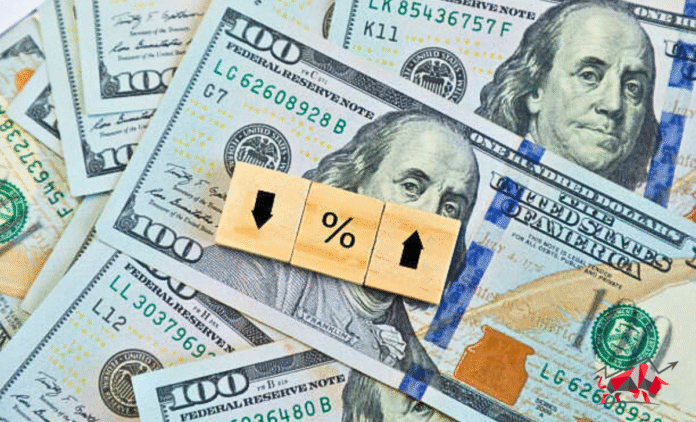The United States is facing increased financial scrutiny as President Donald Trump’s expansive fiscal policies and confrontational stance toward the Federal Reserve raise concerns about the nation’s economic stability. These developments have led to heightened volatility in bond markets and a weakening of the U.S. dollar, prompting investors to question the country’s fiscal sustainability and the independence of its central bank.
Rising Costs of US Debt Protection
Recent analyses indicate that the cost of insuring U.S. government debt against default has escalated to levels comparable to those of countries like Greece and Italy. This surge in credit default swap (CDS) spreads reflects growing apprehension about the U.S. government’s fiscal health and its ability to manage mounting deficits.
The combination of substantial tax cuts and increased government spending under the Trump administration has significantly widened the federal deficit. This fiscal trajectory, coupled with the administration’s aggressive trade policies, has unsettled investors and contributed to the depreciation of the U.S. dollar.
Tensions Between the White House and the Federal Reserve
President Trump’s public criticisms of Federal Reserve Chair Jerome Powell have intensified, particularly regarding the central bank’s reluctance to lower interest rates. Trump’s assertion that he will “demand that interest rates drop immediately” underscores a direct challenge to the Fed’s traditional independence. Such political pressure on the central bank is unprecedented in recent history and raises concerns about the potential erosion of institutional credibility.
Chair Powell has maintained a cautious approach, emphasizing the importance of data-driven decisions and the need to assess the full impact of the administration’s policies before adjusting monetary policy. This stance reflects the Fed’s commitment to its dual mandate of promoting maximum employment and stable prices, despite external political pressures.
Implications for Investors and Global Markets
The current economic environment has disrupted traditional correlations between asset classes. Historically, the U.S. dollar has served as a safe haven during periods of market volatility, often appreciating alongside rising Treasury yields. However, recent trends show a weakening dollar even as yields increase, indicating a shift in investor sentiment and a reevaluation of risk hedging strategies.
Financial institutions like Goldman Sachs have noted that the concurrent decline in the dollar and equity prices, despite higher yields, challenges conventional portfolio diversification methods. This shift suggests that investors are increasingly concerned about the U.S.’s fiscal trajectory and the potential for policy-induced market disruptions.
Strategic Responses and Alternative Investments
In light of these uncertainties, investors are adjusting their strategies. There is a growing inclination to hedge against dollar exposure and to diversify into assets perceived as more stable, such as the euro, yen, and Swiss franc. Additionally, gold has regained prominence as a hedge against currency depreciation and geopolitical risks.
The resurgence of the U.S. dollar as a funding currency for carry trades, where investors borrow in low-yielding currencies to invest in higher-yielding assets, reflects its relative weakness. This trend has led to increased capital flows into emerging markets, particularly in Asia and Latin America, as investors seek higher returns amid global economic uncertainties.
What’s Ahead?
The confluence of expansive fiscal policies, political interference in monetary policy, and shifting investor behaviors underscores the fragility of the current economic landscape. Maintaining the credibility of U.S. financial institutions and adhering to prudent fiscal management are essential to preserving investor confidence and ensuring long-term economic stability.
As the U.S. navigates these challenges, the actions of policymakers will be closely scrutinized by global markets, with significant implications for the nation’s financial future.
Source: Financial Times


